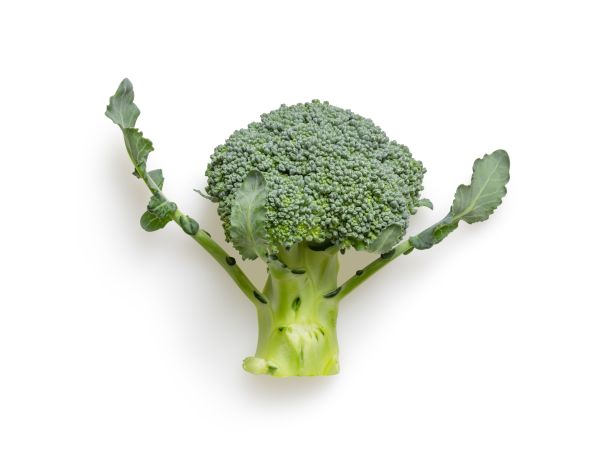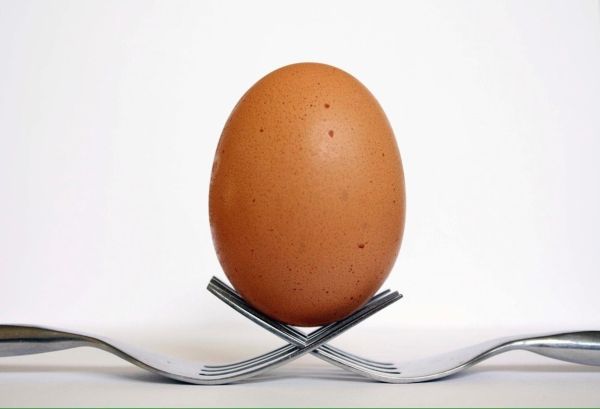
I’m always looking for alternatives to standard New Year’s resolutions. They’re just too simple to work unless you get lucky. You gather your resolve around one behavioral aspiration, apply it to that festive but fleeting moment when the calendar changes over, and hope there are no momentum-killing setbacks too early on.
I’m trying something different this year. I started it in December but I could see myself doing this on New Year’s Day every year. It could be done alongside traditional resolutions, or instead of them.
Here’s the basic idea. Instead of trying to change overnight on January 1st, you use the whole year to do less of certain things that you know are a net problem for you, and more of certain other things that you know are a net benefit. You’re not attempting to eliminate, or guarantee, any behaviors on your part. You’re only trying to move in the right direction, consistently, with a small handful of habits.
I know that sounds vague, and it is, until you name these behaviors explicitly by sitting down with a cup of coffee and making two lists.
Read More








 I'm David, and Raptitude is a blog about getting better at being human -- things we can do to improve our lives today.
I'm David, and Raptitude is a blog about getting better at being human -- things we can do to improve our lives today.
It all pretty the opposite if you're not in the US :) Since 2022 I've changed 3 countries and I'm planning to emigrate to the fourth one. I've had so much novelty and so many things to adapt to. However, time had never run so fast for me as in 2022...